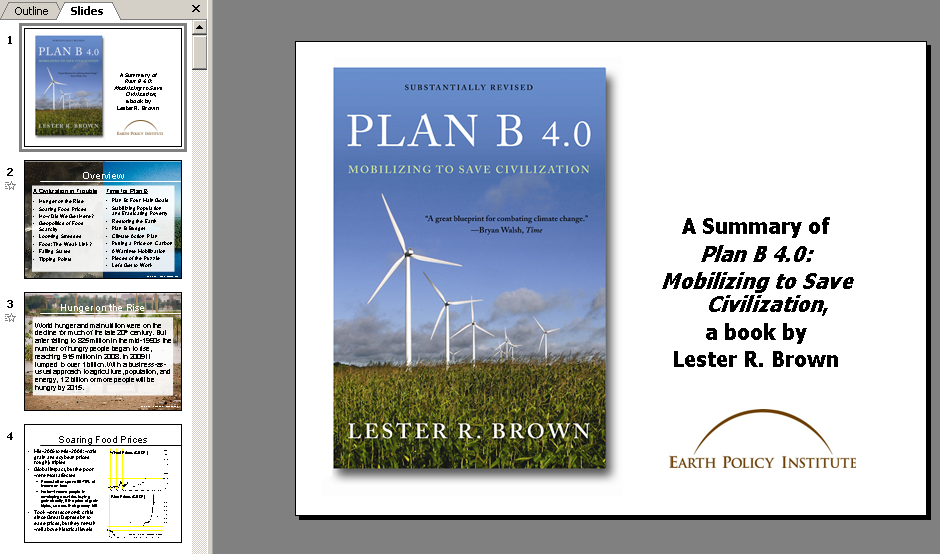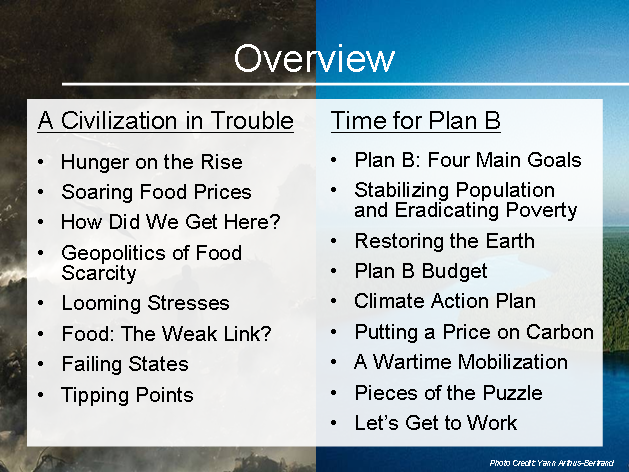Sentencia de muerte
La vieja idea del desarrollo desordenado atenta de manera letal contra la biodiversidad


Desarrollo frente a Puerto Chico, en la costa nordeste de Puerto Rico. Atentar contra el proyecto del Corredor del Nordeste ignora la importancia de las áreas verdes en el sostén de la actividad económica y la calidad de vida de los puertorriqueños.
El desparrame urbano domina el uso de la tierra en Puerto Rico. Sobre 25% de su territorio está afectado por desarrollos urbanos. Sin embargo, uno de los más reveladores hallazgos del primer borrador del Plan de Uso de Terrenos (PUT) fue que en el 5% del territorio se podían acomodar todas las necesidades de crecimiento urbano de Puerto Rico.
Ese hallazgo le causó pánico a los que se benefician económicamente del desparrame urbano y fue una de las causas que contribuyeron al engavetamiento del PUT.
Sin un PUT no hay acuerdo social sobre el ordenamiento territorial, lo que le da paso a la vieja idea del desarrollo desordenado que convierte espacios abiertos (áreas verdes) a espacios urbanos, sin importa el valor ecológico o agrícola de los terrenos, el efecto negativo del desparrame urbano sobre la calidad de vida, ni la opinión pública.
Puerto Rico se enfrenta a dos visiones sobre el uso de terrenos: la que sugiere un orden plasmado en el PUT y la del desparrame urbano de acuerdo al libre albedrío de cualquier proponente. La ordenación del uso del terreno por medio del PUT es una nueva idea de desarrollo que busca satisfacer el crecimiento en la economía y optimizar la calidad de vida.


La idea de considerar las áreas verdes como lugares prioritarios para ser urbanizados es una idea del pasado cuando los terrenos disponibles abundaban y no se consideraba su contribución a la sustentabilidad y calidad de vida.
El Corredor Ecológico del Nordeste (Corredor) es el centro del forcejeo entre las dos ideas del desarrollo. Esta discusión comenzó en el 1994 cuando un grupo selecto de personas se reunió bajo el concepto de “charrette” en el Hotel El Conquistador para promover el turismo en la costa nordeste de Puerto Rico.
Aunque en ese momento la región ya estaba sobredesarrollada, la idea rectora del “charrette” en ese hotel era la de ocupar los espacios abiertos de la región con desarrollos turísticos (hoteles, urbanizaciones e infraestructura).
El “charrette” propuso múltiples proyectos hoteleros y residenciales para los terrenos que hoy ocupa el Corredor. Lo atractivo para el “charrette” era que los espacios del Corredor estaban “desocupados” y tenían pocos dueños, lo que facilitaba su rápida urbanización. Lamentablemente no hubo representación de las comunidades aunque el “charrette” reconoció la importancia de que todos los sectores de la sociedad participase en este tipo de ejercicio de planificación. El liderato del “charrette” ocupa hoy posiciones muy importantes en la presente administración.
La visión ambiental en Puerto Rico se ha transformado fundamentalmente durante los pasados 15 años. Hoy lo ambiental se relaciona tanto con la seguridad pública y la calidad de vida como con las especies endémicas y en peligro de extinción. La filosofía ambiental de hoy es más sofisticada de lo que pregona el sector de la construcción, y así lo entiende el país.
El fracaso de la vieja idea del uso desordenado de terrenos ha engendrado nuevas ideas de desarrollo en el nordeste. Por ejemplo, a pesar de ser la región más lluviosa de Puerto Rico, el agua escaseaba en el nordeste y los tribunales vindicaron el derecho de las comunidades rurales a recibir el servicio de agua potable (Agua pa’l Campo).
Nuevos grupos comunitarios se unieron para detener el desorden del desarrollo urbano en los espacios abiertos y surgió la idea del Corredor.
Vital el corredor
El Corredor mantiene el espacio abierto, fomenta un nuevo tipo de turismo (el ecológico), protege los valores naturales de la costa y en combinación con El Yunque y otros espacios naturales en la región le provee a Puerto Rico su mejor y más extenso atractivo natural. Esta región puede generar mucha actividad económica a la vez que mantener el entorno natural que la caracteriza.
La presente administración retrocede al echar a un lado lo que la sociedad civil desarrolló democráticamente respondiendo a sus necesidades y situación actual. La urbanización del Corredor sustituiría terrenos espectaculares y adecuados para la actividad ecoturística, educativa y de conservación, por usos y estructuras abundantes en Puerto Rico y que se pueden ubicar en otros lugares donde no causen tanto daño.
Peor aún, la vieja idea de desarrollo desordenado ignora la importancia de las áreas verdes en el sostén de la actividad económica y la calidad de vida de los puertorriqueños.
La propuesta para designar el Corredor un área de Planificación Especial es una sentencia de muerte a sus valores naturales como se puede demostrar en otros lugares con esta designación, incluso la Laguna Tortuguero y la periferia de El Yunque.
Por más que el gobierno quiera retroceder en su política ambiental, le corresponde a los puertorriqueños sensatos frenar esta vorágine del pasado fomentando el interés público y la calidad de vida como norte de la política ambiental y del desarrollo sustentable de Puerto Rico.
(Estas opiniones representan planteamientos personales del autor basados en su conocimiento especializado y no necesariamente la posición oficial del Servicio Forestal de los Estados Unidos.)
Etiquetas: Ariel Lugo, Puerto Rico


 19 November 2009
19 November 2009 






 Updates for Plan B 4.0 Slideshow Presentation
Updates for Plan B 4.0 Slideshow Presentation

